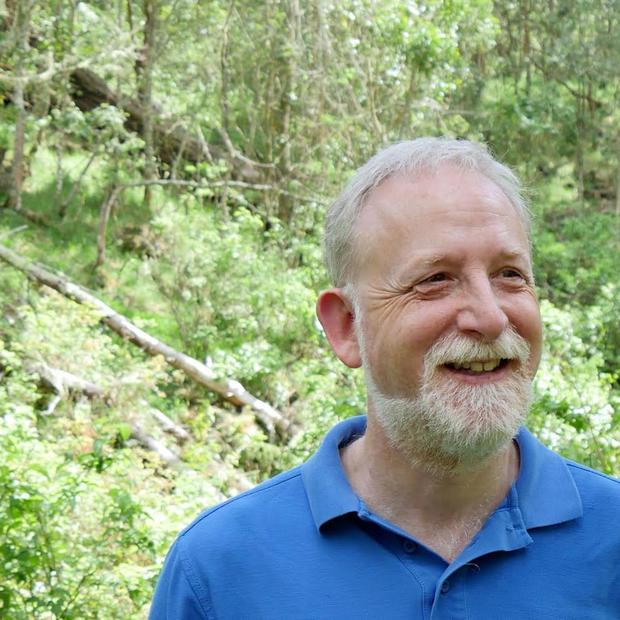The current rage against the machine is to replace auto-centric ways with sustainable walks to work and shop. Maybe not so current — it had a prior life in the battle to save downtowns from urban exodus and suburban malls.
"The latest discovery of city planners is walking," states a Time magazine article, quoting a University of Washington Professor of Urban Planning (my father), who urges the United States to borrow from European cities and carefully emulate dramatic walks from street to square, capturing views and using water features along the way. That was 47 years ago.
It's not that American cities did not try in the years that followed. As the City Council enables Seattle's Pedestrian Master Plan, and candidates debate modes of transit and getting cars off roads, it's critical that they keep in mind lessons from many failures. Of the many attempts in cities nationwide to achieve walkable spaces, why were so many unsuccessful?
Perhaps the failure lay in a pattern seen locally in Eugene, Oregon. The approach there was a scenario at first glance not unlike a public version of Seattle's much emulated University Village: block off vehicular traffic for several blocks and create pedestrian amenities such as small parks and planters, water features, places to sit, and play areas — all near to transit and a big parking garage. The undesired outcome has usually been a reconversion to auto traffic because retailers are cut off from direct auto access. Downtown Eugene has never recovered from its "cure."
But in some urban settings, such as the college town of Boulder, Colorado, the automobile return never occurred. Similarly, Burlington, Vermont's downtown mall expanded. The likely reasons for success in these towns: a willing lifestyle; and a symbiotic mix of amenities and retail, including dining and entertainment which creates a desirable venue rather than a makeshift road-blocked space.
Another success was in San Antonio, where the River Walk is grade- separated from the automobile, connects popular tourist venues, the river as an attractive amenity, and offers a varied, circuitous, and green pedestrian experience of walk, bridge, and stair.
It's not just the street that dictates success. The key is finding the right blend of such factors as these: 1) desirable and appropriate building forms and how they interact with public rights of way; 2) hierarchies of public rights of way; 3) the appropriate separation of pedestrians and vehicles; and 4) how to manage speed and noise with traffic control devices, law enforcement, and vehicle redesign.



